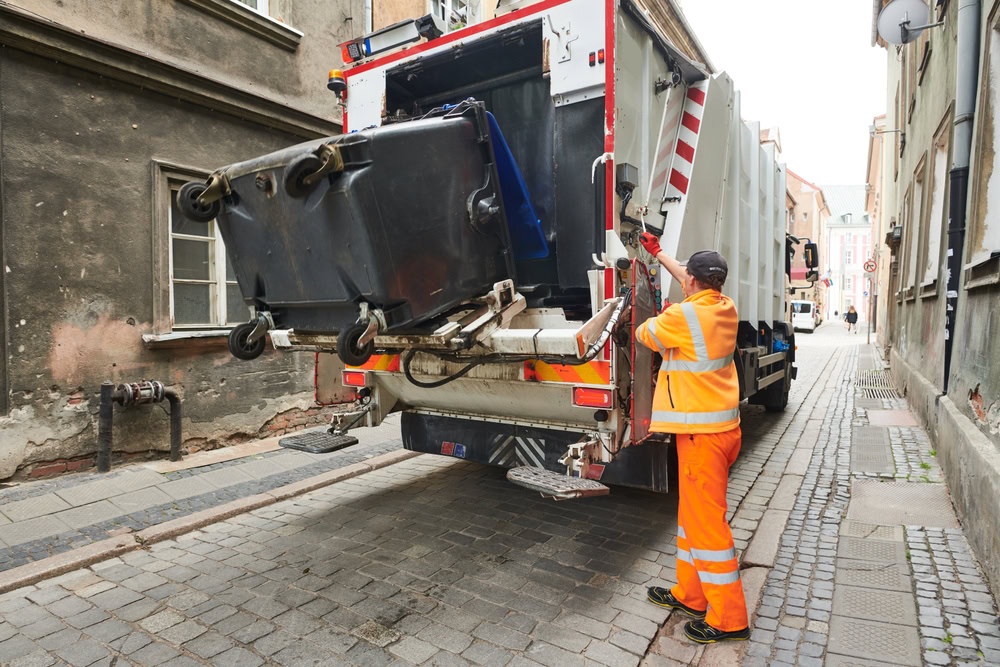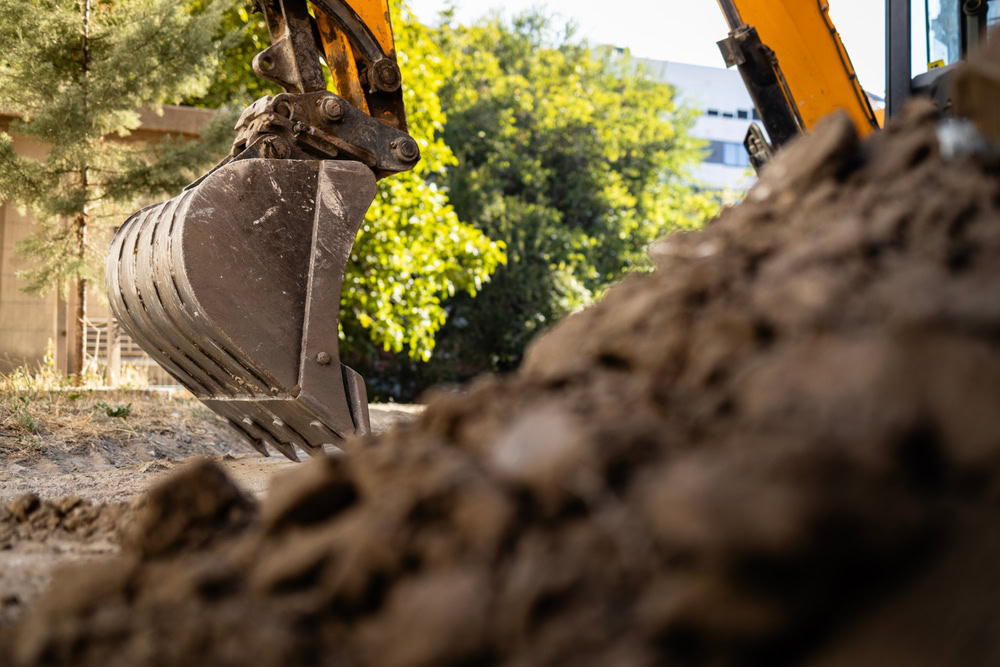In 2023, 11 fatal accidents were recorded, rising to twelve in 2024 – both higher than the previous five-year averages of five (2016–2020) and 4.4 (2018–2022).
Commenting on the figures, Chris Jones, Chair of the Waste Industry Safety and Health (WISH) Forum, said: “As I’d said many times before the numbers of fatal accidents is not a good way to judge the performance of the sector. It can vary widely from year to year for all sorts of reasons.”
Transport and machinery are leading causes
Workplace transport accounts for the largest proportion of fatal incidents – around 30% of all fatalities in the sector.
Common scenarios include workers being struck by moving vehicles, collisions during reversing operations, and incidents in yard or transfer station environments.
At the same time, entanglement and entrapment in machinery has emerged as the fastest-rising factor, responsible for around 28% of major injuries and an increasing share of fatalities.
Jones added: “Whilst each and every fatal accident has its own, unique, characteristics there are no new, or novel, causes of the fatal accidents since 2022.
“They fit into the pattern of the last 10 years with 30% being due to workplace transport, 30% due to entanglement in machinery and 20% impact with/or being impacted by objects.”
While slips, trips and falls account for about one-fifth of major injuries, they have not been a factor in this year’s fatalities.
However, concern has been raised over a small but worrying increase in “explosive” events, including fires or explosions linked to hazardous materials such as gas cylinders, lithium batteries in WEEE, and volatile waste streams in anaerobic digestion facilities.
The waste industry has seen a number of facility fires in 2025, with two major fires occurring at Lincolnshire and Surrey recycling facilities in late October.
Multiple UK-wide waste companies have reported handling at least one fire every day.
‘Make the guidance clearer’
Jones continued: “Each and every fatal accident is to be regretted, it is the loss of somebody’s loved one.
“In my opinion all of these accidents could, and would, have been avoided if the existing guidance had been properly applied. This is not to say that the existing guidance is perfect, it is not.
“So we need to keep working, to find ways to make the guidance clearer, easier to follow and more impactful so that no family has to go through the trauma of losing someone due to our activities.”









Subscribe for free